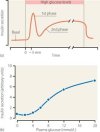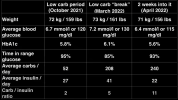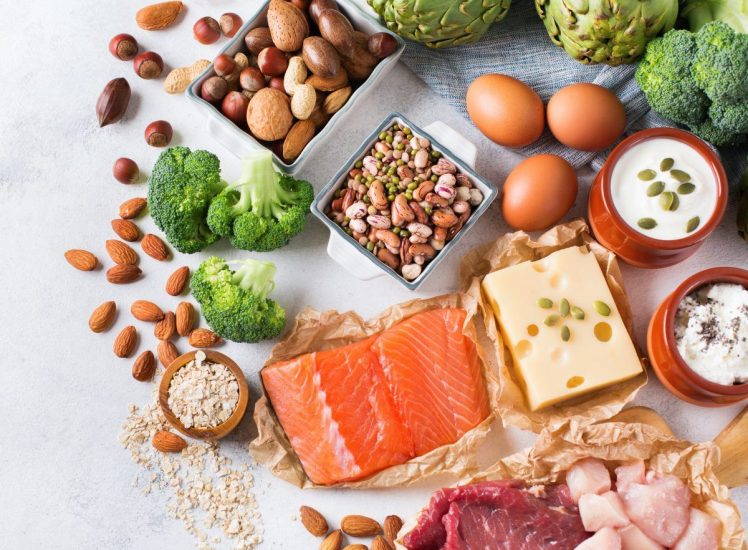rachelsmith10111
Member
- Messages
- 22
- Type of diabetes
- Researcher
Hi I had few questions regarding this, while I don't have type 2 diabetes (i have fatty liver so it's beneficial to have lower insulin release). I wanted to know your opinion and experiences for this.
I know that if you eat fats, proteins, fiber the spike won't be as BIG. The spike will flatten. However, it will still be elevated more than normal.
Let's say if you were to eat starch/sugar ALONE, you would get a higher peak but a shorter elevation vs if you ate the same thing with fat, the duration of the flattened spike will be longer.
So I just wanted to know what would cause more insulin release? The flatten spike/curve, or just 1 big quick spike? I was told by someone that PPG (Postprandial glucose) is what contributes to H1AC more and they used this study to justify it.
 pmc.ncbi.nlm.nih.gov
pmc.ncbi.nlm.nih.gov
I know that if you eat fats, proteins, fiber the spike won't be as BIG. The spike will flatten. However, it will still be elevated more than normal.
Let's say if you were to eat starch/sugar ALONE, you would get a higher peak but a shorter elevation vs if you ate the same thing with fat, the duration of the flattened spike will be longer.
So I just wanted to know what would cause more insulin release? The flatten spike/curve, or just 1 big quick spike? I was told by someone that PPG (Postprandial glucose) is what contributes to H1AC more and they used this study to justify it.
Importance of Postprandial Glucose in Relation to A1C and Cardiovascular Disease - PMC
IN BRIEF This article reviews the evidence regarding the impact of postprandial glucose (PPG) on overall A1C and its relation to cardiovascular disease (CVD). To date, four randomized, controlled trials have evaluated the impact of PPG reduction on ...



